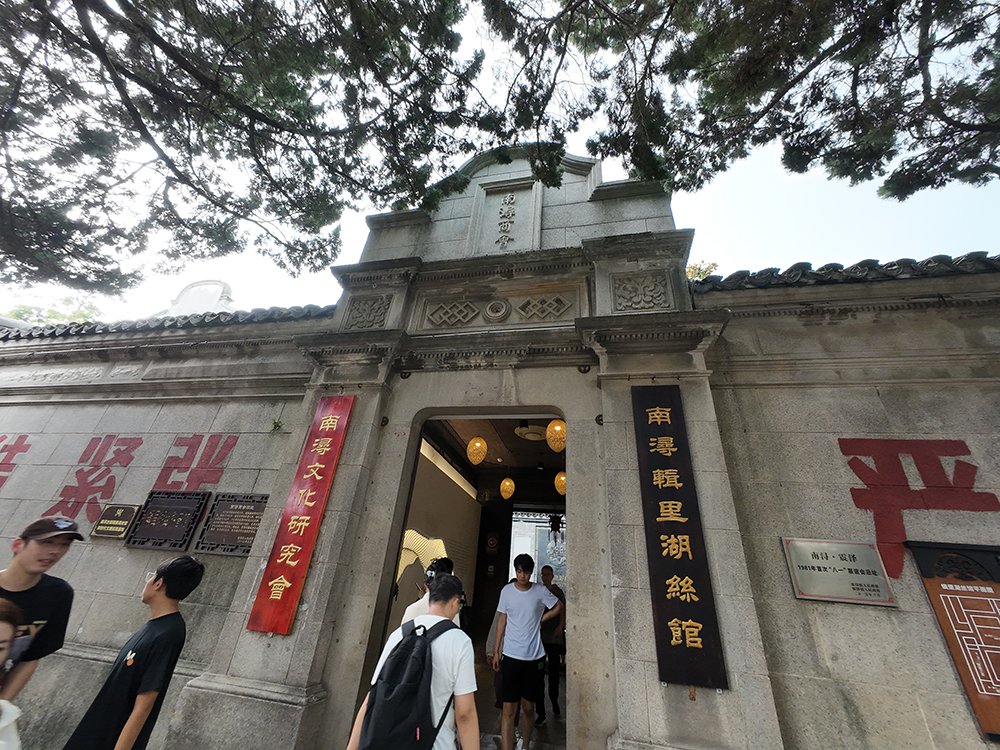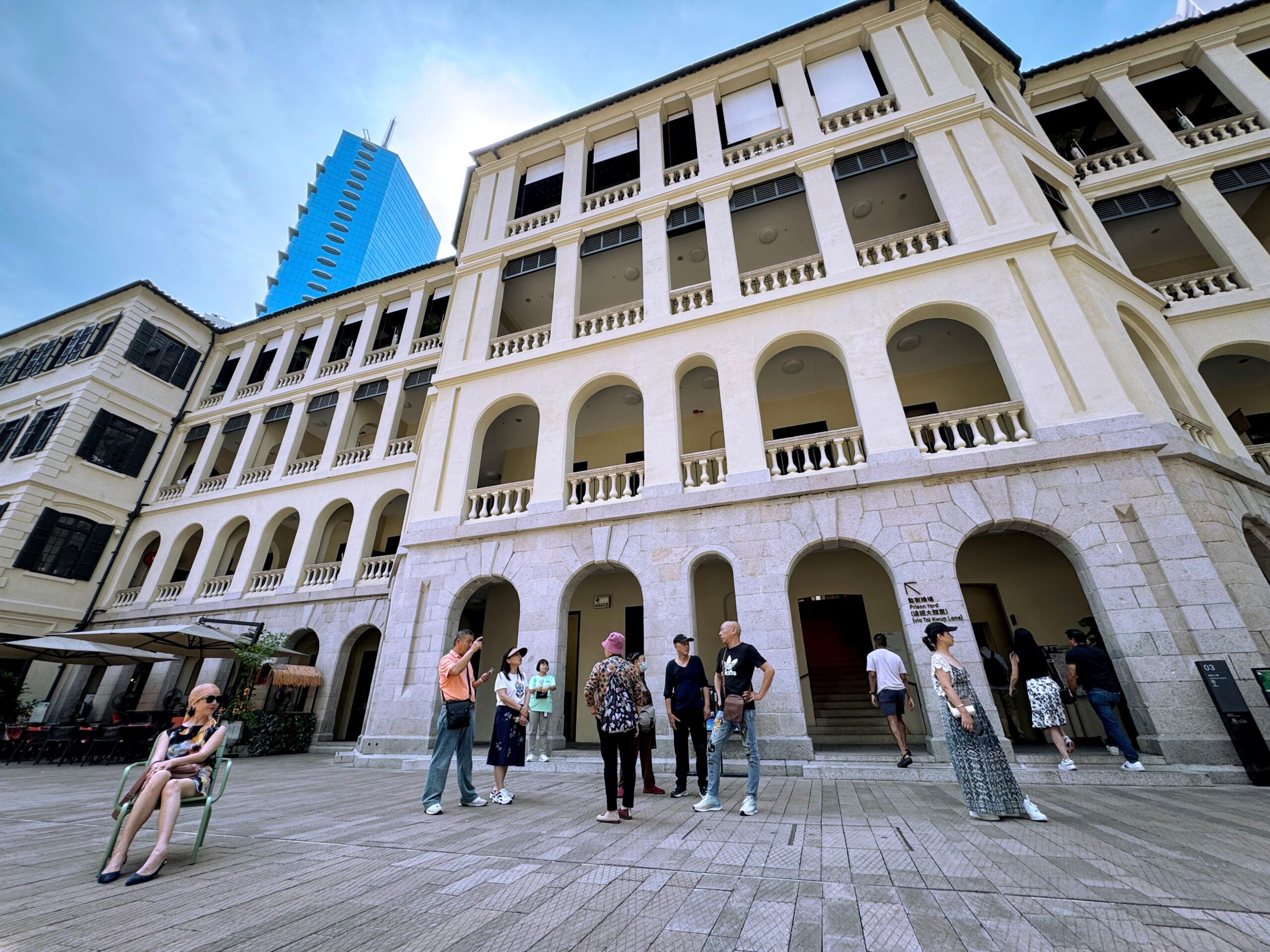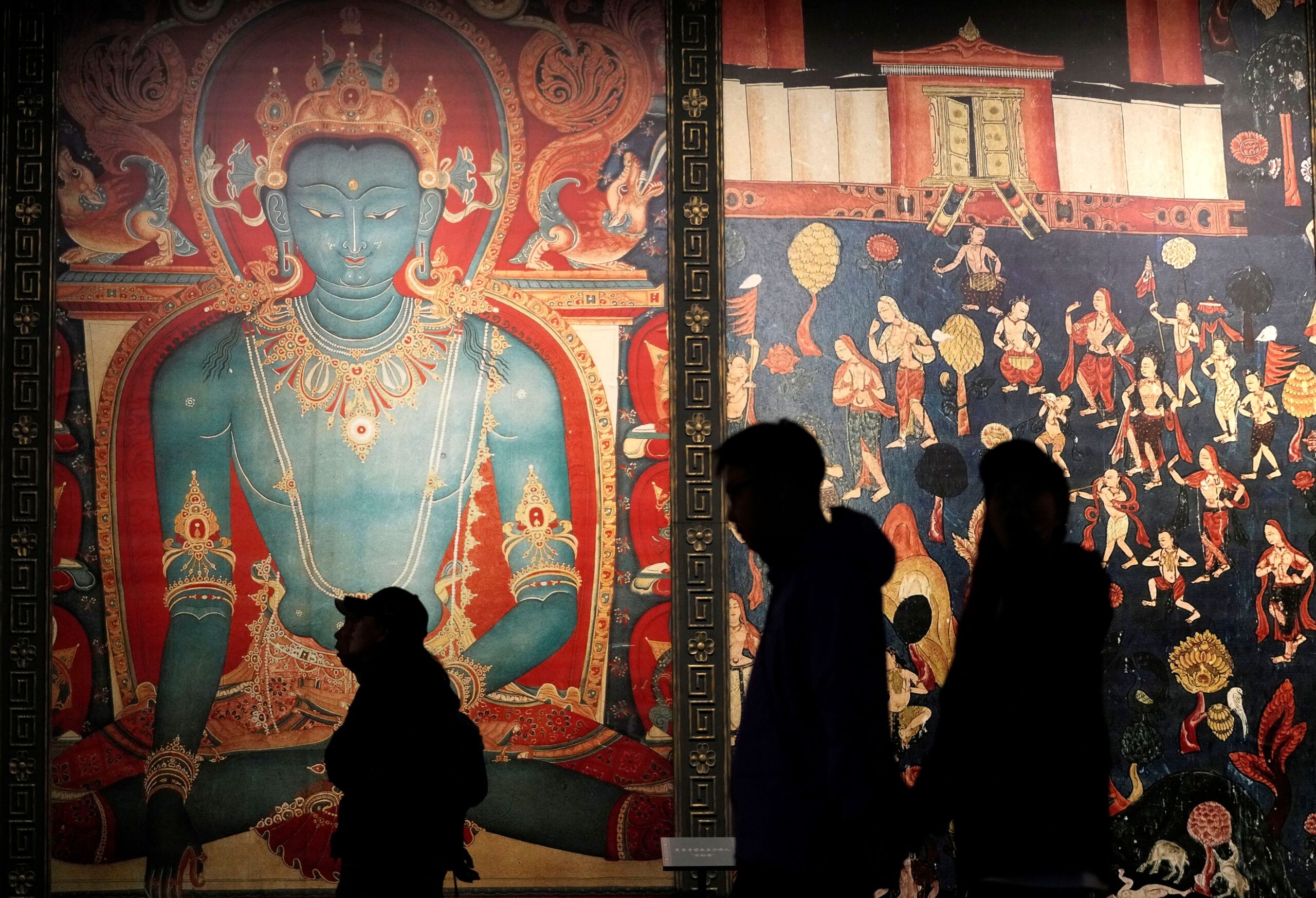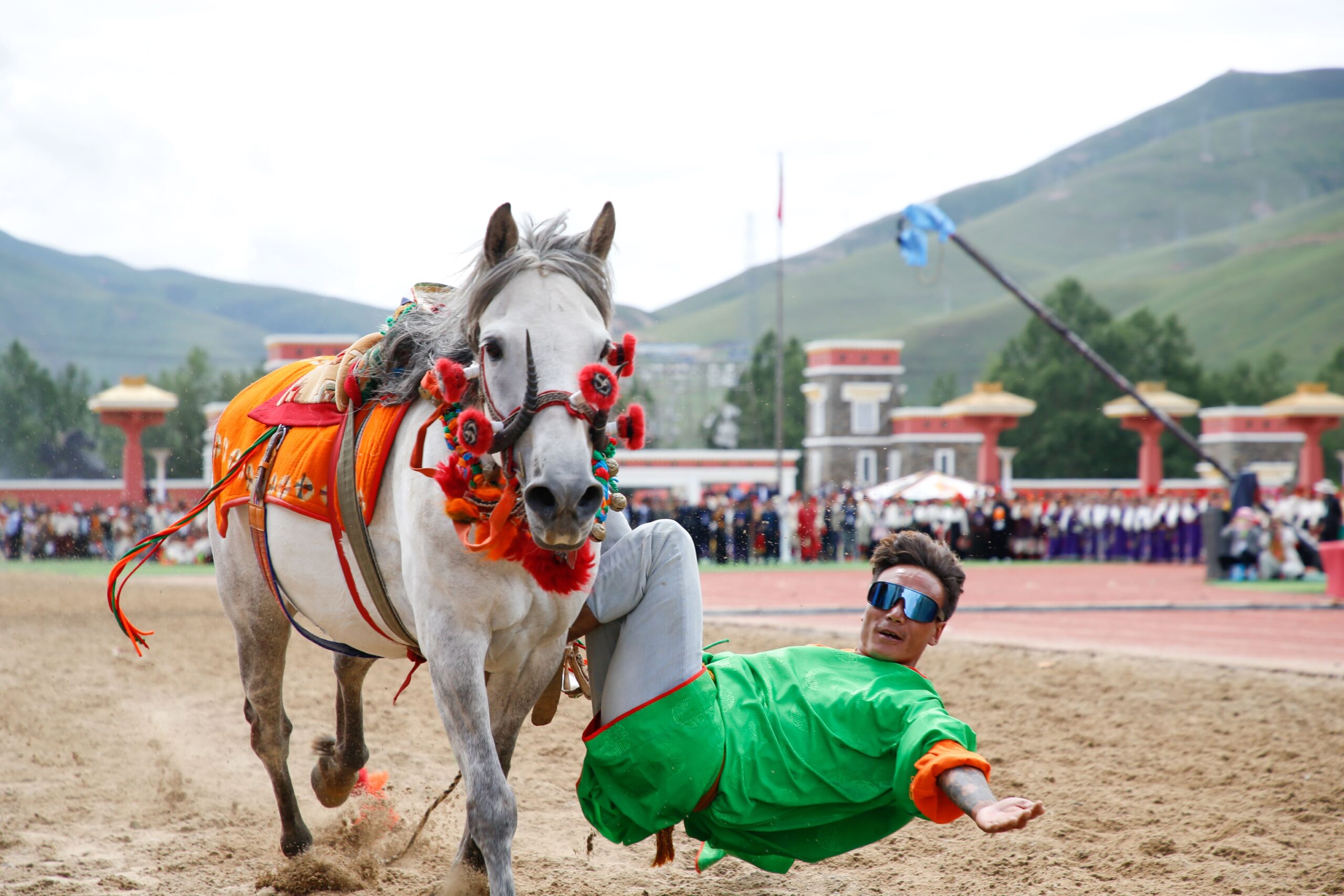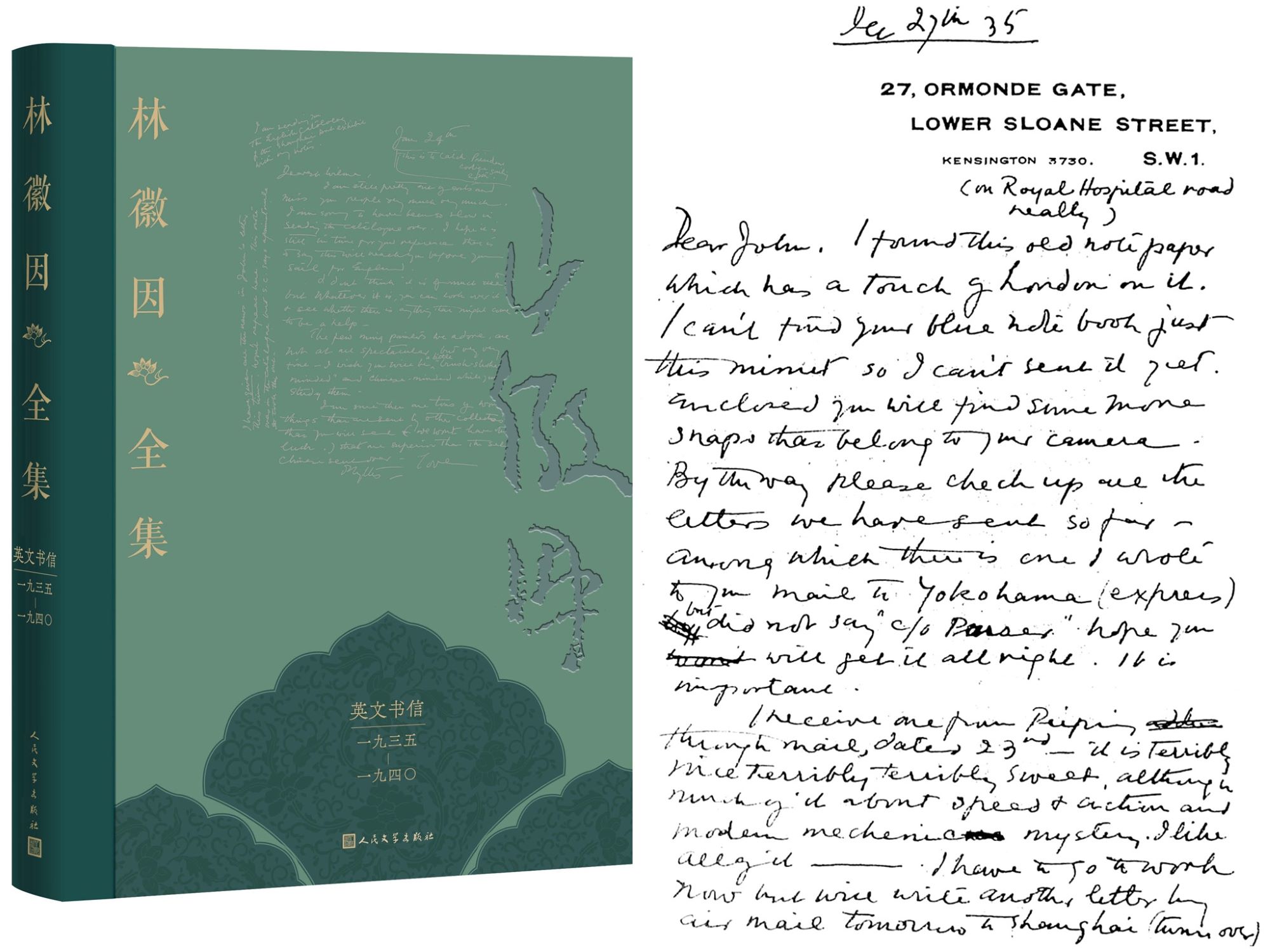Tianjin turns historic buildings into cultural venues with concerts, theater, and digital art.
Recently, at the century-old Anglican Art Center—once a church—a violin and bayan accordion concert drew a full house under its striking Gothic dome. The venue now hosts chamber music, solo recitals, and vocal performances—nearly 100 events to date.
This is part of Tianjin’s broader effort to preserve and repurpose its historical architecture. In the Five Great Avenues area, a landmark district featuring Western-style villas, 418 buildings are listed as protected, a number that accounts for nearly half of such structures in the entire city. Today, many now house cafés, guesthouses, galleries, theaters, and creative markets.

Immersive Tourism Gains Momentum
At Zhangyuan, a heritage site inspired by Italian Renaissance design, the immersive performance Stories of Old Tianjin (《津门往事》) has become a popular attraction. Instead of traditional guided tours, visitors interact with live actors and follow a narrative set in the early 20th century.
“A lot of times, heritage visits feel passive—you look, you listen. But this time, I felt like I was inside a play,” said a tourist from Nanjing.
Xu Xiaohan, the show’s producer, said the production uses drama, mystery, and audience participation to connect people with the city’s history. “Tianjin is full of historic villas. We want to turn the city into one big stage. Moreover, through storytelling, we link sites like Zhangyuan, Jingyuan, the former residence of Fan Zhuzhai, and Minyuan Stadium into a single cultural journey,” she explained.
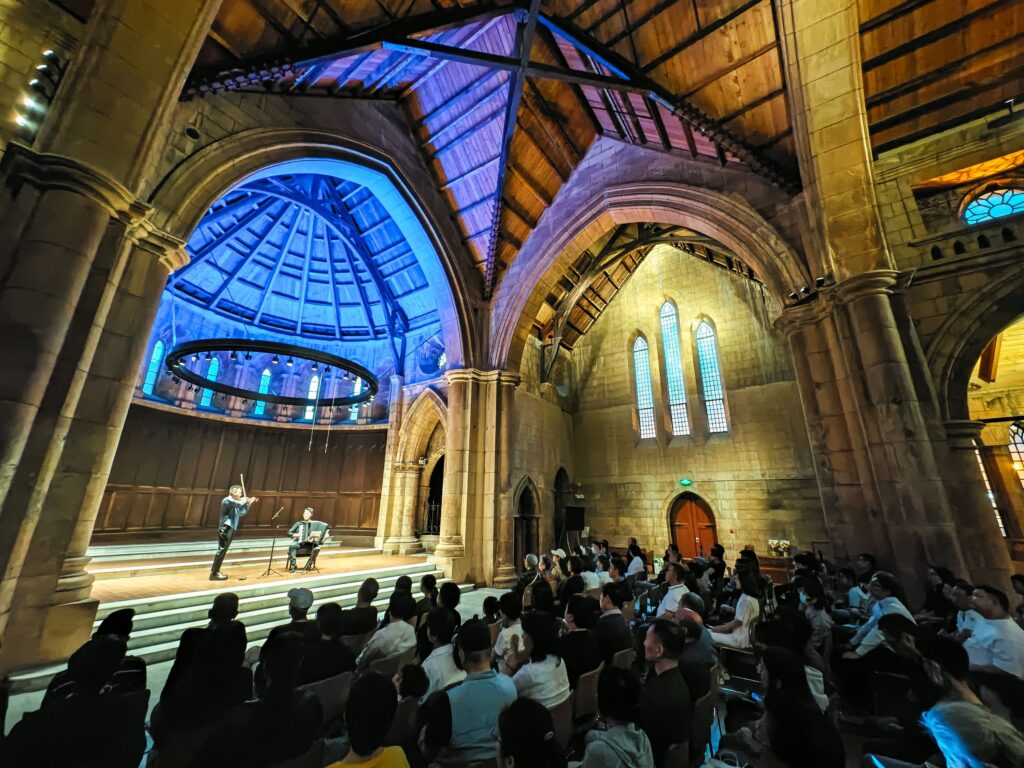
Tech and Heritage Converge
Another example is the Tianjin Digital Art Museum, housed in the former French Municipal Council building. The museum integrates historic architecture with digital innovation. Its recent interactive game invites visitors to play detective by scanning codes and solving puzzles based on historical clues—an activity already trending for the upcoming Dragon Boat Festival.
Since its opening in 2023, the museum has hosted major exhibitions including Dunhuang Art and a Van Gogh Light & Shadow show. “The building’s original layout—small rooms and narrow corridors—inspired us to create cave-like paths for visitors,” said curator Huang Ran. “It’s a way to let people walk through history, not just observe it.”
As Tianjin continues to reimagine its architectural heritage, the city offers a powerful model for cultural preservation. It treats these sites not as static relics, but as living spaces. In this way, the past connects with the present.
Written by Chen Wang, additional reporting by CNS.
If you liked this article, why not read:Tekes Bagua City: Ancient Wisdom in Urban Form



